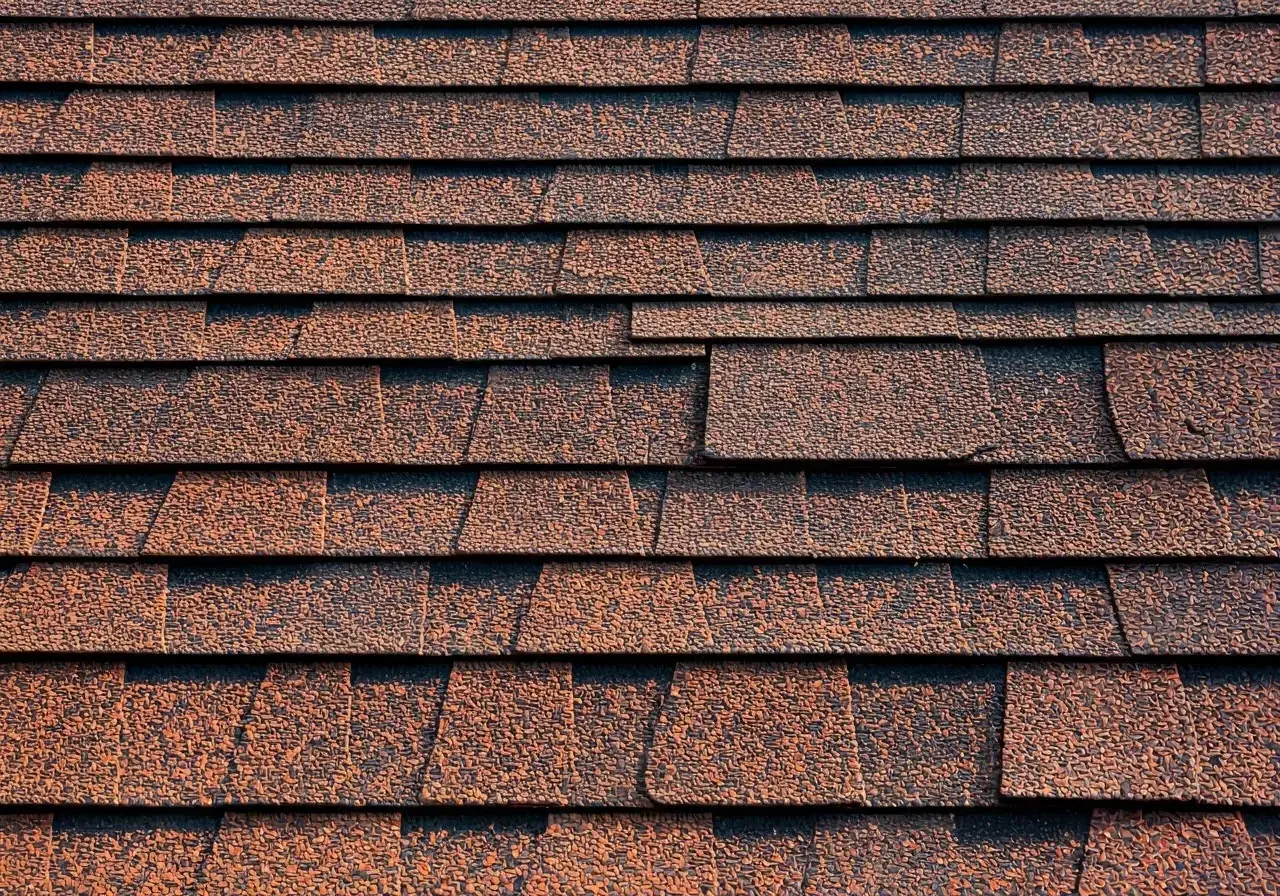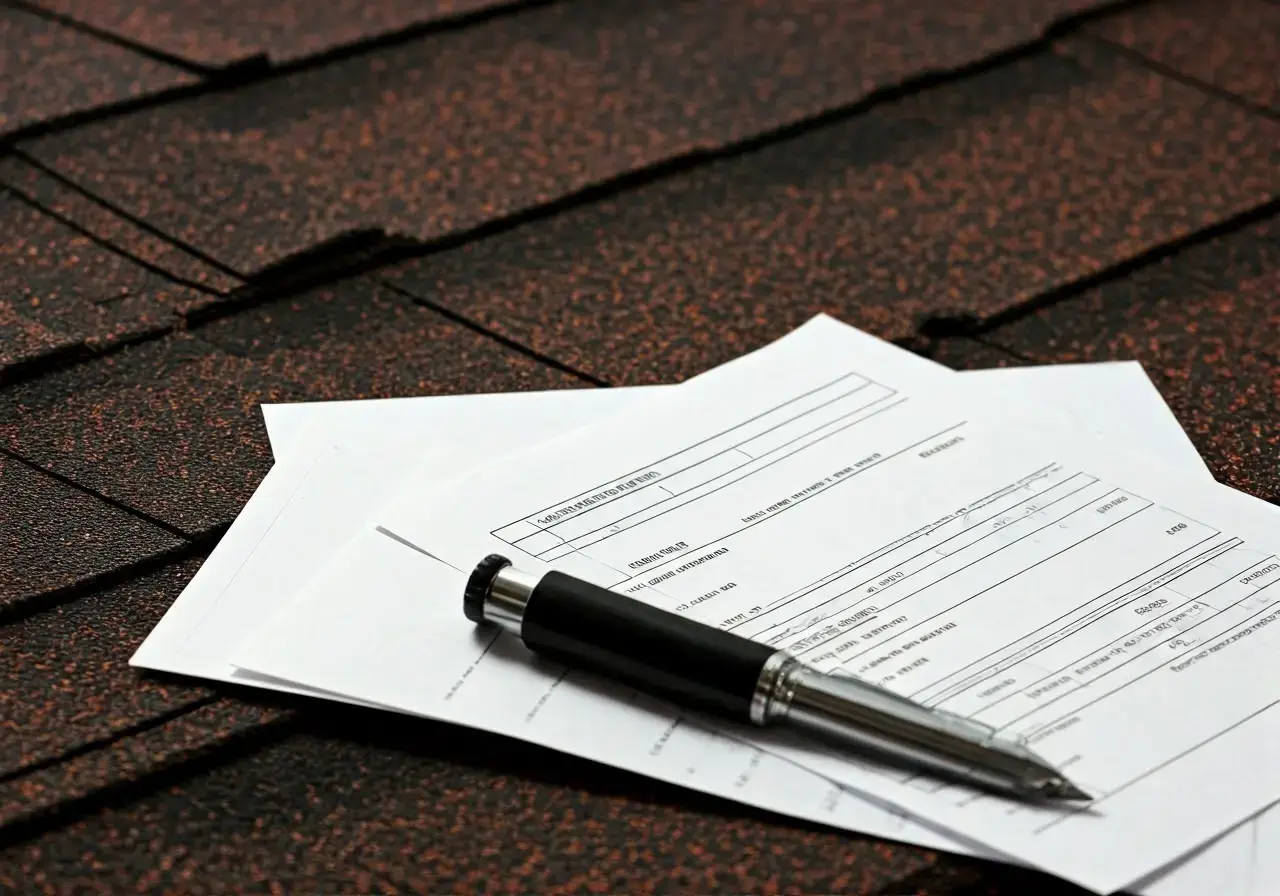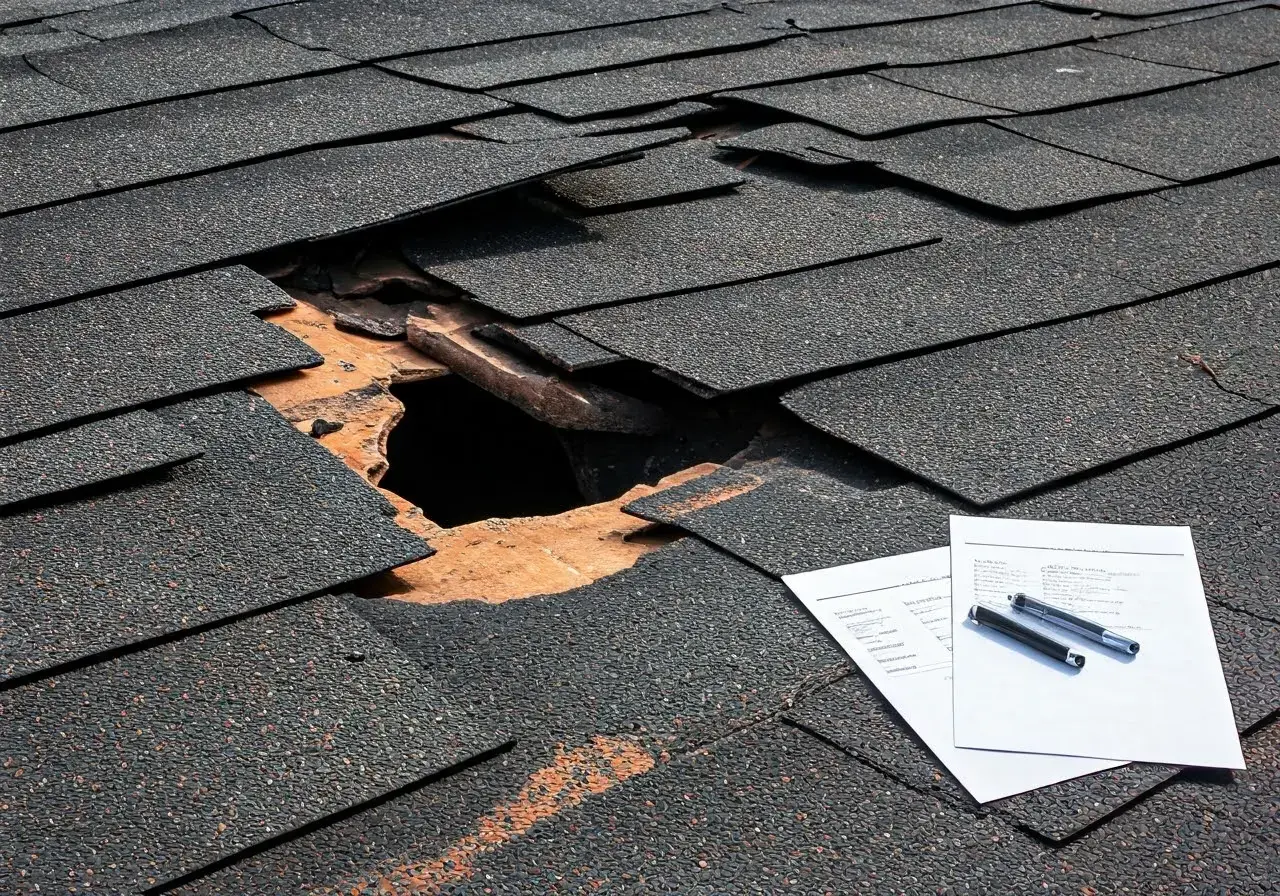How Can I Identify Hail Damage on My Roof?

Hailstorms can cause significant damage to the roof of your home, but recognizing the signs isn’t always straightforward. Knowing what to look for can help you address repair needs early and prevent further damage. This guide will help you identify hail damage on your roof with ease.

What to Look for After a Hailstorm
Start by examining the ground around your home. Look for pieces of shingles or other roofing materials that may have been knocked loose. This can be an early indicator of roof damage.
A key step to determining if your roof has incurred hail damage is to thoroughly inspect the property immediately after the storm. Check for any visible signs of damage such as dents or dings in the siding and gutters. Evaluate outdoor furniture and vehicles parked outside as well. Hail damage on these items can often indicate similar challenges on your roof.
Pay close attention to landscaping and plants around your home. Damaged leaves, flowers, or other vegetation can be a strong clue that your roof might also have been affected by hail. Damaged landscaping can serve as an early warning system for potential roofing issues.
Don’t forget to inspect external structures, such as sheds or detached garages, for similar signs of damage. Often, the extent of damage on these structures can provide a good reference for what may have happened to the main structure.
Inspecting Shingles and Other Roofing Materials
Look for dents, cracks, or missing granules on asphalt shingles. Wooden shingles might have splits or punctures. Metal roofing could show signs of dimpling from hail impacts.
It’s essential to get onto your roof safely. Look closely at your shingles for dark spots or bruises, which can indicate the loss of granules caused by hail hits. These granules serve as the first line of defense against the sun’s UV rays and other weather elements.
For more detailed guidance on what to look for on your shingles, you can refer to this guide which further explains how different materials react differently to hail impacts.
Cracked shingles or split wooden shingles are particularly problematic because they readily allow water infiltration. Any cracks you spot, even minor ones, need to be addressed quickly to prevent any long-term damage.
If you have a metal roof, check for dimples or indentations. Although metal roofing is generally more durable, hail can still leave significant marks that affect its integrity. Identifying these issues early helps in planning timely repairs.
Checking for Internal Signs of Damage
Inside your home, check the ceiling and attic for water stains, leaks, or dampness, as these can indicate roof damage from hail.
Water stains on walls or ceilings are sometimes the first internal signs of roof damage. These stains might appear brown, yellow, or gray, and can signal that water has penetrated through the roof during the storm.
Inspect your attic for moisture, leaks, or mold growth. Any of these issues could be due to hail damage that has allowed water to seep into your home. Addressing this promptly prevents more serious, costly damage down the road.
Listen for dripping sounds during rainstorms. Even if you can’t identify visible water stains or dampness, odd sounds could indicate that water is finding its way through the roof, signaling unseen leaks.
When to Call a Professional
If you’re unsure about the extent of the damage or if it’s difficult to safely inspect your roof, it’s best to call a professional roofing contractor for a thorough assessment.
Climbing onto your roof can be dangerous, especially without proper equipment or training. Professional roofers have the necessary safety gear and experience to perform detailed inspections without risking injury.
A professional assessment is also beneficial when filing an insurance claim. Proper documentation and a detailed report from a certified roofer ensure that all damage is accounted for, helping you get the full extent of coverage you deserve.
Professional roofers can spot subtle signs of hail damage that untrained eyes might miss. Their expertise ensures a comprehensive inspection, covering even the less obvious issues that might lead to larger problems later on.
For more information on navigating insurance claims for roof damage, visit our detailed homeowner’s guide.
Documenting for Insurance Claims
Take detailed photos of any damage you find. This documentation can be crucial when filing an insurance claim for hail damage repair.
Ensure your photos are clear and taken under good lighting conditions. Capture multiple angles to provide a comprehensive view of the damage, proving the extent of the impact from the hailstorm.
Document any internal damage, such as water stains or dampness, with photos as well. These images support your claim by correlating external damage to subsequent internal issues.
Keep a record of all communications with your insurance company and roofing contractor. Detailed notes on dates, times, and content of conversations help maintain a timeline, which can be invaluable during claim assessments.
For additional tips on navigating roof damage claims, check out our San Antonio Homeowner’s Guide. Our guide offers a step-by-step approach to streamline the claims process.
Take Action for Early Repairs
Identifying hail damage early can save you time and money by allowing for timely repairs. Regular inspections after a hailstorm, understanding the signs of damage, and knowing when to call a professional are key steps in maintaining your roof’s integrity. If you suspect your roof has been damaged, don’t hesitate to seek expert advice.

